You’re choosing a valve for a new system. Picking one that can’t handle the line pressure could lead to a sudden, catastrophic blowout, causing a flood, property damage, and costly downtime.
A standard PVC ball valve is typically rated for 150 PSI (Pounds per Square Inch) at 73°F (23°C). This pressure rating critically decreases as the fluid temperature increases, so you must always check the manufacturer’s data.
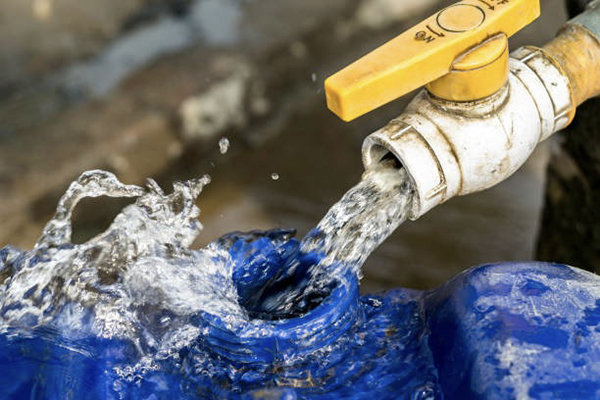
This is one of the most important technical details I discuss with partners like Budi. Understanding pressure rating isn’t just about reading a number; it’s about ensuring safety and reliability for his customers. When Budi’s team can confidently explain why a 150 PSI valve is perfect for an irrigation system but not for a hot fluid line, they move from being sellers to being trusted advisors. This knowledge prevents failures and builds the long-term, win-win relationships that are the foundation of our business at Pntek.
How much pressure is PVC rated for?
Your client assumes all PVC parts are the same. This dangerous mistake can lead to them using a low-rated pipe with a high-rated valve, creating a ticking time bomb in their system.
The pressure rating for PVC depends on its wall thickness (Schedule) and diameter. Standard Schedule 40 pipe can range from over 400 PSI for small sizes to under 200 PSI for larger ones.
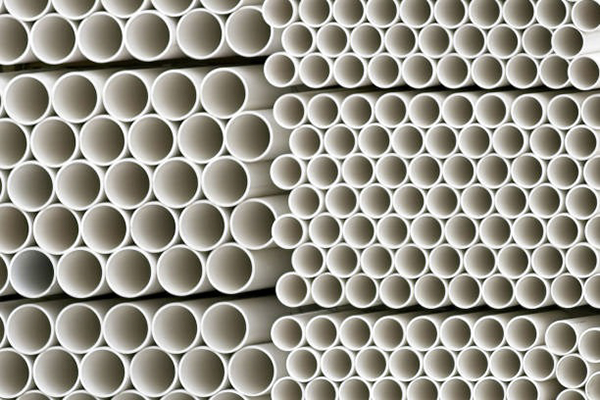
It’s a common mistake to think a system is rated for 150 PSI just because the ball valve is. I always emphasize to Budi that the entire system is only as strong as its weakest part. The pressure rating for PVC pipe is different from the valve. It is defined by its “Schedule,” which refers to the wall thickness.
- Schedule 40: This is the standard wall thickness for most water plumbing and irrigation.
- Schedule 80: This pipe has a much thicker wall and, therefore, a significantly higher pressure rating. It’s often used in industrial applications.
The key takeaway is that pressure rating changes with pipe size. Here’s a simple comparison for Schedule 40 pipe at 73°F (23°C):
| Pipe Size | Max Pressure (PSI) |
|---|---|
| 1/2″ | 600 PSI |
| 1″ | 450 PSI |
| 2″ | 280 PSI |
| 4″ | 220 PSI |
A system with 4″ Sch 40 pipe and our 150 PSI ball valves has a maximum operating pressure of 150 PSI. You must always design for the lowest-rated component.
What is the pressure rating of a ball valve?
You see a brass valve rated for 600 PSI and a PVC valve for 150 PSI. Not understanding why they’re different can make it hard to justify choosing the right one for the job.
A ball valve’s pressure rating is determined by its material and construction. PVC valves are typically 150 PSI, while metal valves made of brass or steel can be rated for 600 PSI to over 3000 PSI.
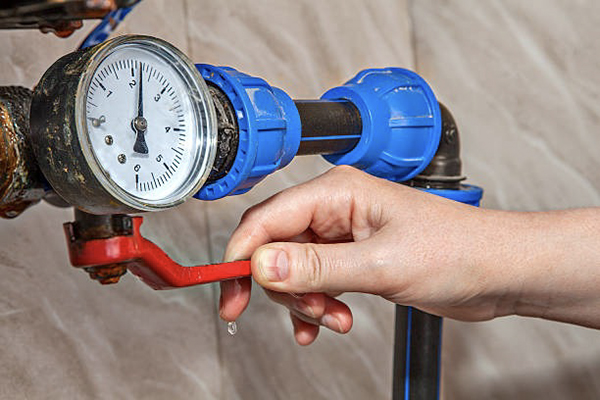
The term “ball valve” describes the function, but the pressure capability comes from the materials. It’s a classic case of using the right tool for the job. For his customers, Budi’s team needs to guide them based on the application.
Key Factors Determining Pressure Rating:
- Body Material: This is the biggest factor. PVC is strong, but metal is stronger. Brass is a common choice for residential hot water and general-purpose applications up to 600 PSI. Carbon steel and stainless steel are used for high-pressure industrial processes where pressures can be in the thousands of PSI.
- Seat & Seal Material: The “soft” parts inside the valve, like the PTFE seats our Pntek valves use, also have pressure and temperature limits. They must be able to create a seal without being deformed or destroyed by the system pressure.
- Construction: The way the valve body is assembled also plays a role in its strength.
A PVC valve’s 150 PSI rating is more than enough for most water applications it’s designed for, like irrigation, pools, and residential plumbing.
What is a valve pressure rating?
You see “150 PSI @ 73°F” on a valve body. If you focus only on the 150 PSI and ignore the temperature, you could install the valve on a line where it is guaranteed to fail.
A valve pressure rating is the maximum safe operating pressure a valve can handle at a specific temperature. For water valves, this is often called the Cold Working Pressure (CWP) rating.
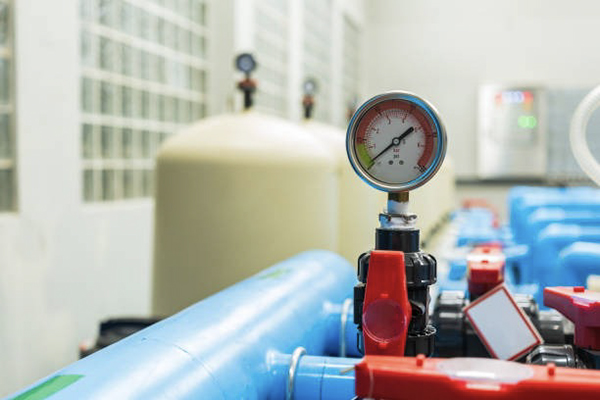
This two-part definition—pressure at a temperature—is the most important concept to teach. The relationship is simple: as temperature goes up, the strength of the PVC material goes down, and so does its pressure rating. This is called “de-rating.” Our Pntek valves are rated for 150 PSI at a standard room temperature water environment. If your customer tries to use that same valve on a line with 120°F (49°C) water, the safe pressure it can handle might drop by 50% or more. Every reputable manufacturer provides a de-rating chart that shows the maximum allowable pressure at higher temperatures. I made sure Budi has these charts for all our products. Ignoring this relationship is the number one cause of material failure in thermoplastic piping systems.
What is the pressure rating for a Class 3000 ball valve?
An industrial customer asks for a “Class 3000″ valve. If you don’t know what this means, you might try to find a PVC equivalent, which doesn’t exist, and shows a lack of expertise.
A Class 3000 ball valve is a high-pressure industrial valve made of forged steel, rated to handle 3000 PSI. This is a completely different category from PVC valves and is used for oil and gas.
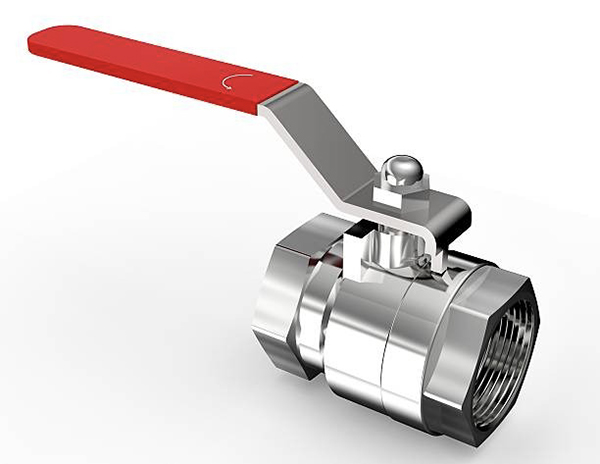
This question helps draw a clear line in the sand for product application. “Class” ratings (e.g., Class 150, 300, 600, 3000) are part of a specific ANSI/ASME standard used for industrial flanges and valves, almost always made of metal. This rating system is far more complex than the simple CWP rating on a PVC valve. A Class 3000 valve is not just for high pressure; it’s designed for extreme temperatures and harsh environments like those found in the oil and gas industry. It’s a specialty product that costs hundreds or thousands of dollars. When a customer asks for this, they are working in a specific industry that is not a fit for PVC. Knowing this allows Budi’s team to immediately identify the application and avoid quoting on a job where our products would be dangerously misapplied. It reinforces expertise by knowing what you don’t sell, as much as what you do.
Conclusion
A PVC ball valve’s pressure rating is typically 150 PSI at room temperature, but this drops as heat rises. Always match the valve to the system’s pressure and temperature demands.
Post time: Sep-01-2025




